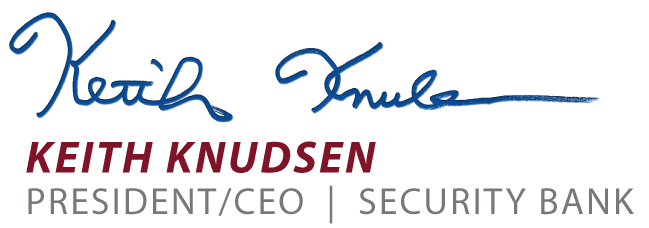
The Financial Burden of Preserving Working Capital in Times of Rising Inflation
June 30, 2023
| AgFocus-Ag Focus
|
 Summer is here! Both the weather and markets have been interesting already this year to say the least. The Fed continues working to battle inflation and get the economy on a better track. Speaking of inflation, our old friend, Dr. Kohl, has some good reminders for managing farm finances during inflationary times. We hope this provides food for thought as you navigate the current growing season in your operation. Summer is here! Both the weather and markets have been interesting already this year to say the least. The Fed continues working to battle inflation and get the economy on a better track. Speaking of inflation, our old friend, Dr. Kohl, has some good reminders for managing farm finances during inflationary times. We hope this provides food for thought as you navigate the current growing season in your operation.

|

Cost of Keeping Working Capital in Inflationary Times
By: Dr. Kohl
During a snowy winter day at a lender's conference in the Twin Cities of Minneapolis-Saint Paul, a lender asked a good question to another speaker. “What is the cost of keeping working capital and cash when inflation deflates real purchasing power?” Since I was sitting in the back of the room, I had time to organize my response.
When the inflation rate is between 7 and 10 percent, it can very quickly reduce purchasing power. Whether you are calculating a rate of return or the reduction of purchasing power, use the Rule of 72 to divide that number into 72. For example, when the inflation rate is 8 percent, it would take nine years to cut the purchasing power in half. The banker had a very valid point. However, let's take another angle.
At a recent seminar in the western part of the United States, a producer explained how he was able to opportunistically purchase five years’ worth of diesel fuel when the cost was extremely low a few years ago. He stated that working capital gave him the agility and nimbleness to capitalize on the opportunity. It would take many years of prolonged inflation to equal out this transaction.
Another individual indicated that nimbleness as a result of cash flow and working capital allowed him to capitalize on cash discounts and secure critical inventory and supplies as a result of quick decision-making.
As a defensive option, another producer used working capital and cash to meet debt service payments and maintain a strong risk rating with his lender, which reduces the likelihood of interest rate hikes and the risk of having to liquidate cattle and grain at a less than opportunistic time.
Maintaining working capital and cash should be measured against one's risk tolerance and flexibility. Each situation is different. However, examine possible inflation buster measures to reduce your exposure to the reduction of purchasing power. Recently, I was able to get a 4 to 5 percent return on short-term certificates of deposits and money market funds. Some individuals are using inflation-adjusted bonds that are offering a 6 to 7 percent return as a protective measure against inflation.
There is an old saying that if one is swimming in cash and working capital, keep swimming! In today's uncertain economic environment, err on the conservative side. Whether it is a business, household, board of directors, or government, financial liquidity is usually the first point of pressure. When in doubt, stay financially liquid as possible to protect yourself, but also as an opportunity strategy.